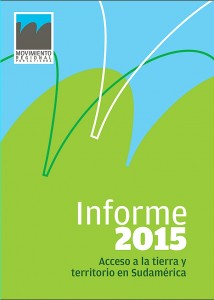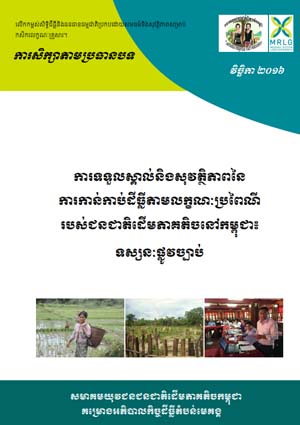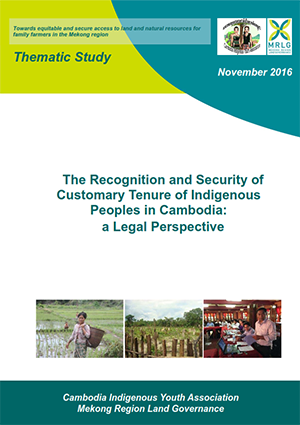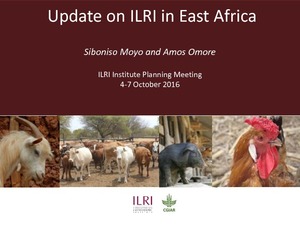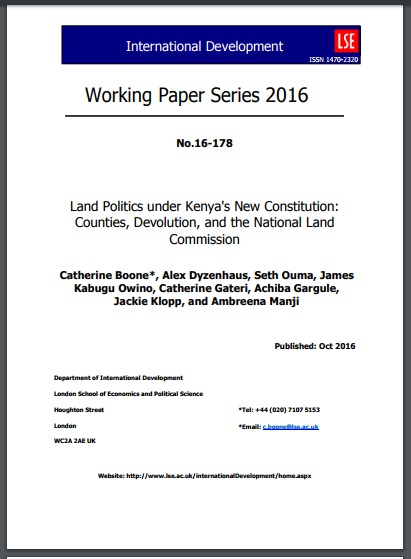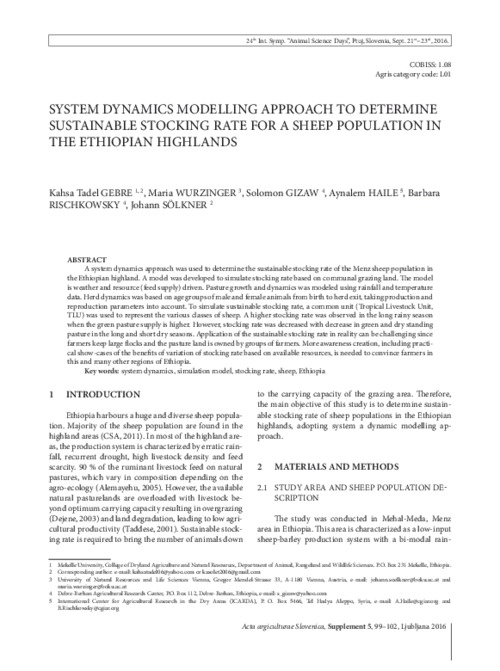Informe 2015 Acceso a la tierra y territorio en Sudamérica
El Informe 2015 Acceso a la tierra y territorio en Sudamérica es una nueva iniciativa en el marco del Movimiento Regional por la Tierra y Territorio. Transitamos tres años entre sistematizaciones de experiencias inspiradoras de acceso a la tierra, documentos técnicos, encuentros regionales, encuentros de jóvenes por la tierra y articulaciones diversas a favor de la vida rural.

